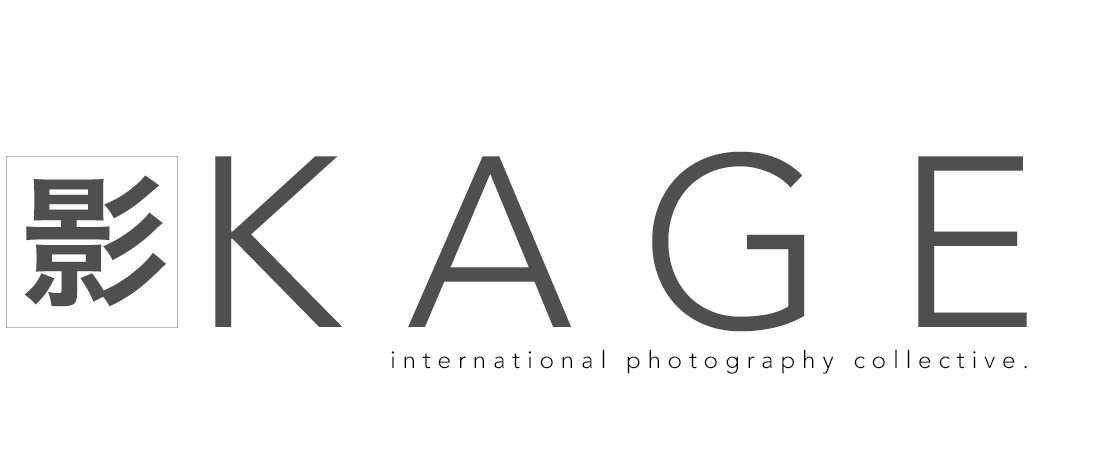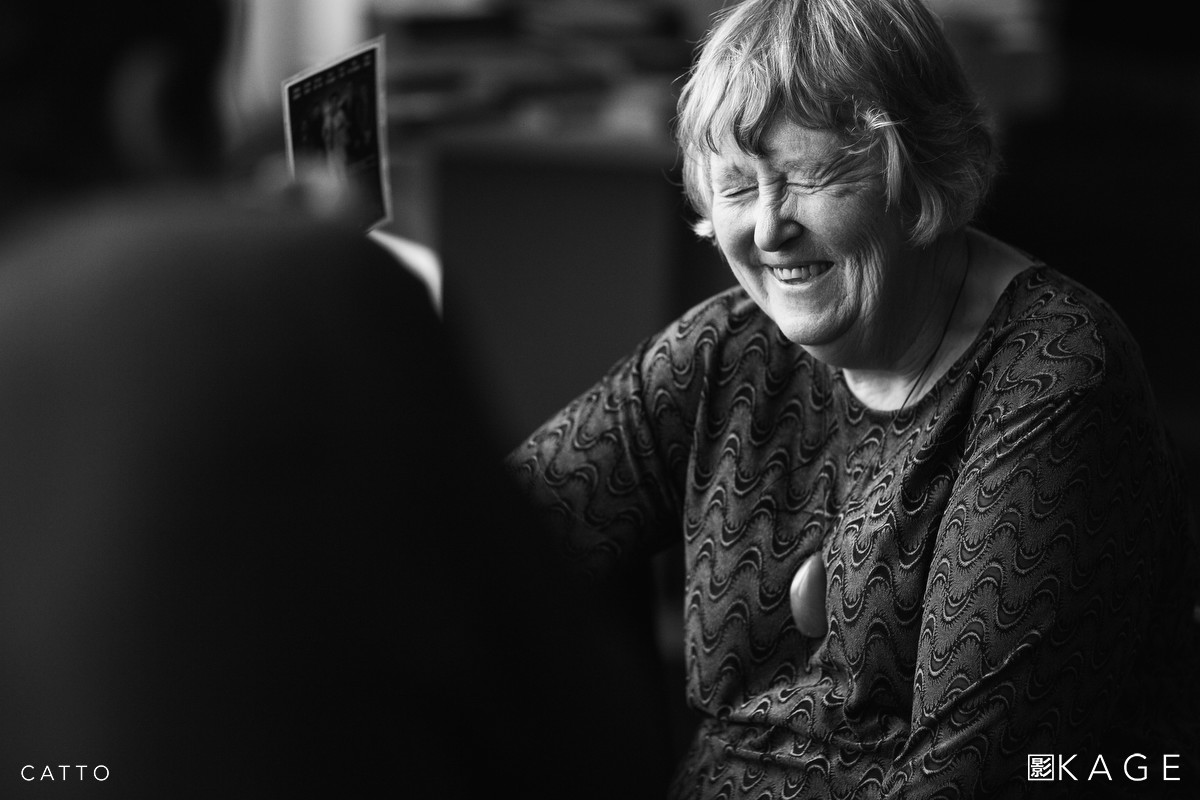“As a teenager I had a stepfather who owned a Leica camera, and he had taken a lot of photographs. That exposed me to photography.
We went to see the Family of Man exhibition which made a big impression on me - the enjoyment, the variety of people. I also found I had an affinity with photography, I could express more with it than with anything else.”
REVIEW AND PHOTOGRAPHY BY ROBERT CATTO
In 2005, as part of a major career retrospective and touring exhibition, Ans Westra's Handboek was published - a collection of essays, interviews and images from her career spanning the late 1950s through to just months before the book was released. Curator (and long time friend of Westra's) Luit Beirenga gathered a group of New Zealand's best and brightest commentators to contribute to this, and the essays are both thoughtful and direct - much like Ans' own work.
If you haven't been to New Zealand, and lived there for several years, you most likely won't know the name, or the work. She moved from the Netherlands in the late 1950s, and began working with academic publishers on school books for Kiwi children, recording life as it was lived at the time.
Opening of a meeting house, 'Arohanui Ki Te Tangata', Waiwhetu marae, September 1960
Her particular interest and focus on Maori communities around the country comes through in the images collected here; but what comes through even more strongly is her warmth, her humour, and her fascination with her subjects, the people around her.
“There wasn’t a lot of real documentation being done. The books that came out on the Maori were very much aimed at the tourist market — very, very formal and posed.
So my pictures were more natural ones and stood out that way. I was wanting to observe life as it happened, without interrupting it as much as possible.”
I came across Westra's images after a few years in New Zealand myself, just as I was wanting to learn a bit of the country's history, and find out more of what it meant to be a New Zealander, to be of the land, to be Kiwi. Ironically, it took another migrant to the country to show me a little of that - but sometimes I think an outside set of eyes are just what's needed to reveal the real essence of a place, of a people.
But what kind of photographer is Ans Westra? I don't think of her as a sports photographer, and yet here she is covering a British & Irish Lions Tour of New Zealand:
(L) Pre-rugby game parade, Wellington, 1971 | (R) British Lions vs. All Blacks, Athletic Park, Wellington 1971
I don't quite think of her as a live music / concert photographer, yet two of my favourite images show exactly that:
Students performing, Whatatutu primary school, near Wairoa, 1963 (please note that the flaws & marks in this image are on the surface of the page of my copy of the book, NOT in Ans' original image!)
Turangawaewae Marae, Ngaruawahia, 1963
And I certainly don't think of Ans as a travel photographer, yet there are images from London, New York, the Philippines and many other places around the globe.
In fact, it's exactly that haste to label ourselves as a certain style or type of photographer that she resists; her work is both timeless and of its time, and covers the broad range of what it is to be human. She's perhaps best described as a social documentary photographer - because she covers the full scope of what daily life is about, wherever it happens to be taking place. Political rallies, rugby tests, or just standing around waiting for something to happen, there is no simple rule of what an Ans Westra image will be of, or about.
(L) Queen Street, Auckland, 1963 | (R) Near Ruatoki, 1963
I met Ans a few times over my years in Wellington, but I particularly remember sitting with her and her contemporary, the equally great New Zealand photographer Marti Friedlander, having coffee together after appearing on a panel at the New Zealand International Arts Festival in 2008.
They were a hilarious, forceful, opinionated double act; I don't think I managed to get a word in the entire time (which was fine), but somehow I managed to get the okay to take a few photos of them together for the Festival - at which point Marti decided to direct the shoot from the other side of the lens, while Ans wanted to just let me go about doing whatever I liked. I think I was laughing too hard to take many images, but of course once Marti was in charge it was bound to happen.
And in some ways that sums them up perfectly; Marti's instinctively a director, a crafter of images, where Ans lets a scene unfold in front of her, and waits for the image to happen. She's not naturally one to put herself into the frame, so to speak, to ask her subjects to be a certain way or do a certain thing - the photograph will come to her, or it won't, and there'll be another one coming along soon enough if it doesn't.
Their results are equally important to New Zealand photographic history; but their methods of approaching a shoot could hardly be more different.
Handboek is hard to find these days, being as it was a catalogue for an exhibition in New Zealand which ended almost a decade ago; but if you happen across one in a library, or online, I highly recommend discovering the country, the people, and most of all, the photographer.
For more on Ans Westra, try these links:
- More of her work, and fine art prints at Suite Gallery, Wellington
- A conversation with Ans Westra at Art New Zealand
- A biography at the Arts Foundation of New Zealand site
- A biography at the Te Papa: National Museum of New Zealand site
- An essay about the exhibition at the Auckland Art Gallery site
- Interviews with & about Ans Westra at Radio New Zealand





